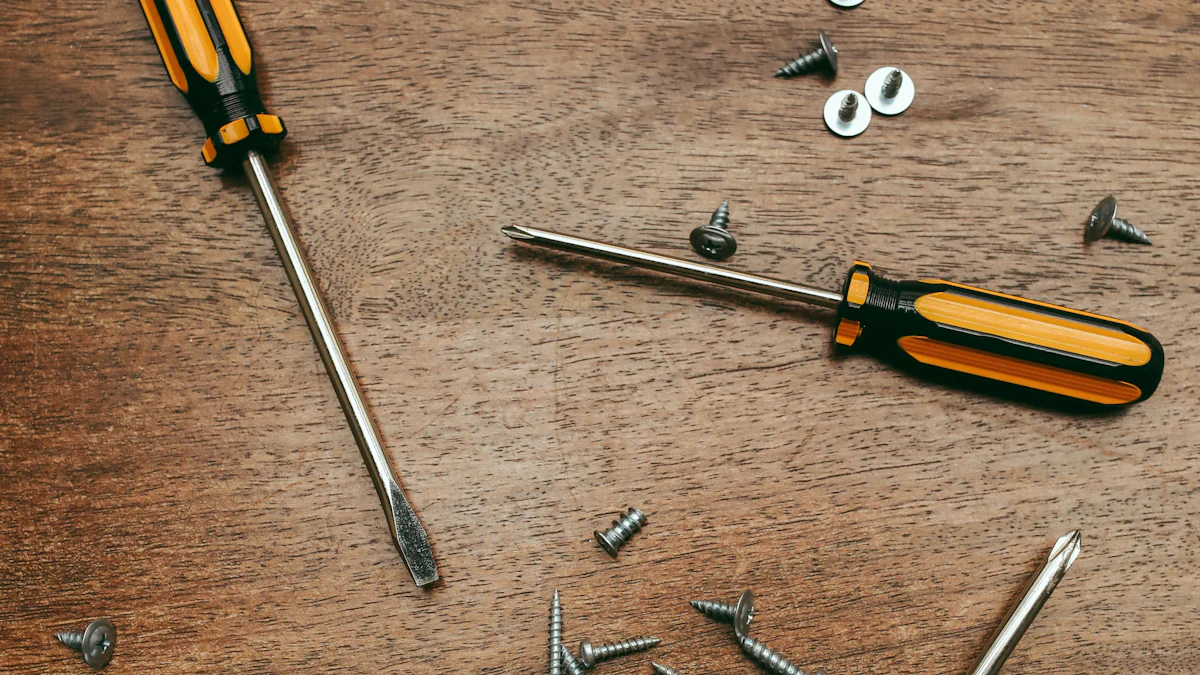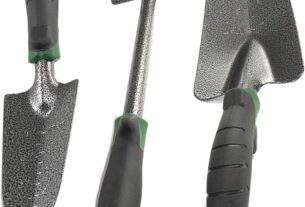If you’re a DIY enthusiast or a professional tradesman, you know how important it is to have the right tool grip. A good grip ensures safety, comfort, and accuracy while using tools. With so many options available in the market today, it can be overwhelming to choose the best one that suits your needs.
In this article, we’ll dive into the different types of tool grips available and help you choose the best one for your specific application.
Types of Tool Grips
1. Rubber Grips
Rubber grips are widely used in most hand tools due to their excellent shock-absorbing properties. They provide a comfortable grip that reduces hand fatigue and increases accuracy. Rubber grips are also slip-resistant, making them ideal for use in wet environments.
2. Foam Grips
Foam grips are lightweight and offer excellent cushioning, making them ideal for use with power tools. They are also slip-resistant and provide a comfortable grip even when used for extended periods.
3. Plastic Grips
Plastic grips are durable and long-lasting, making them ideal for use with heavy-duty tools. They offer excellent resistance to chemicals, oils, and other harsh substances commonly found in industrial settings.
4. Wooden Grips
Wooden grips offer a classic look and feel that is hard to beat. They are durable and provide a comfortable grip that improves with age as they mold to your hand shape over time.
Factors to Consider When Choosing a Tool Grip
1. Comfort
The first factor to consider when choosing a tool grip is comfort. The grip should fit comfortably in your hand without causing any strain or discomfort, even when used for extended periods.
2. Durability
The second factor to consider is durability. The grip should be made from high-quality materials that can withstand wear and tear over time without breaking down or becoming damaged.
3. Grip Texture
The grip texture is also an important factor to consider, especially if you work in wet or oily environments. The grip should be slip-resistant and provide a firm hold that allows you to maintain control of the tool.
4. Tool Weight
The weight of the tool is another factor to consider when choosing a tool grip. A heavy tool may require a thicker grip that provides more cushioning and support, while a lighter tool may require a thinner grip that offers better precision and control.
5. Tool Application
Finally, consider the specific application for which you will be using the tool. Some grips are designed for specific applications, such as power tools or hand tools, so choose one that is suitable for your needs.
Conclusion
Choosing the right tool grip can make all the difference when it comes to safety, comfort, and accuracy while using tools. By considering factors like comfort, durability, grip texture, tool weight, and application, you can choose the best grip for your specific needs.
Remember to always prioritize safety when working with tools and never compromise on quality when choosing a tool grip.
References:
1. https://en.wikipedia.org/wiki/Tool_grip
2. https://www.osha.gov/SLTC/handpowertools/grips.html




